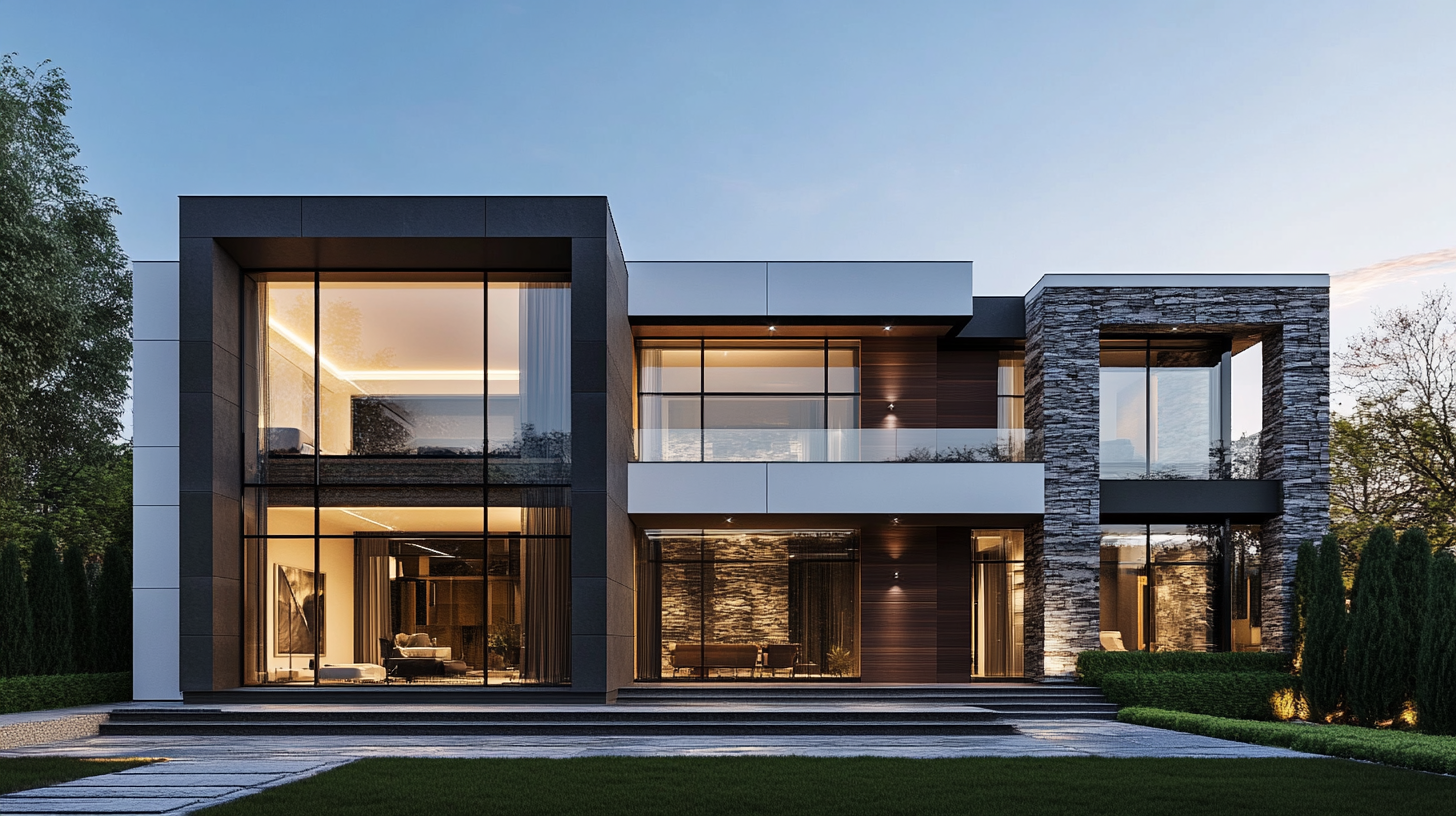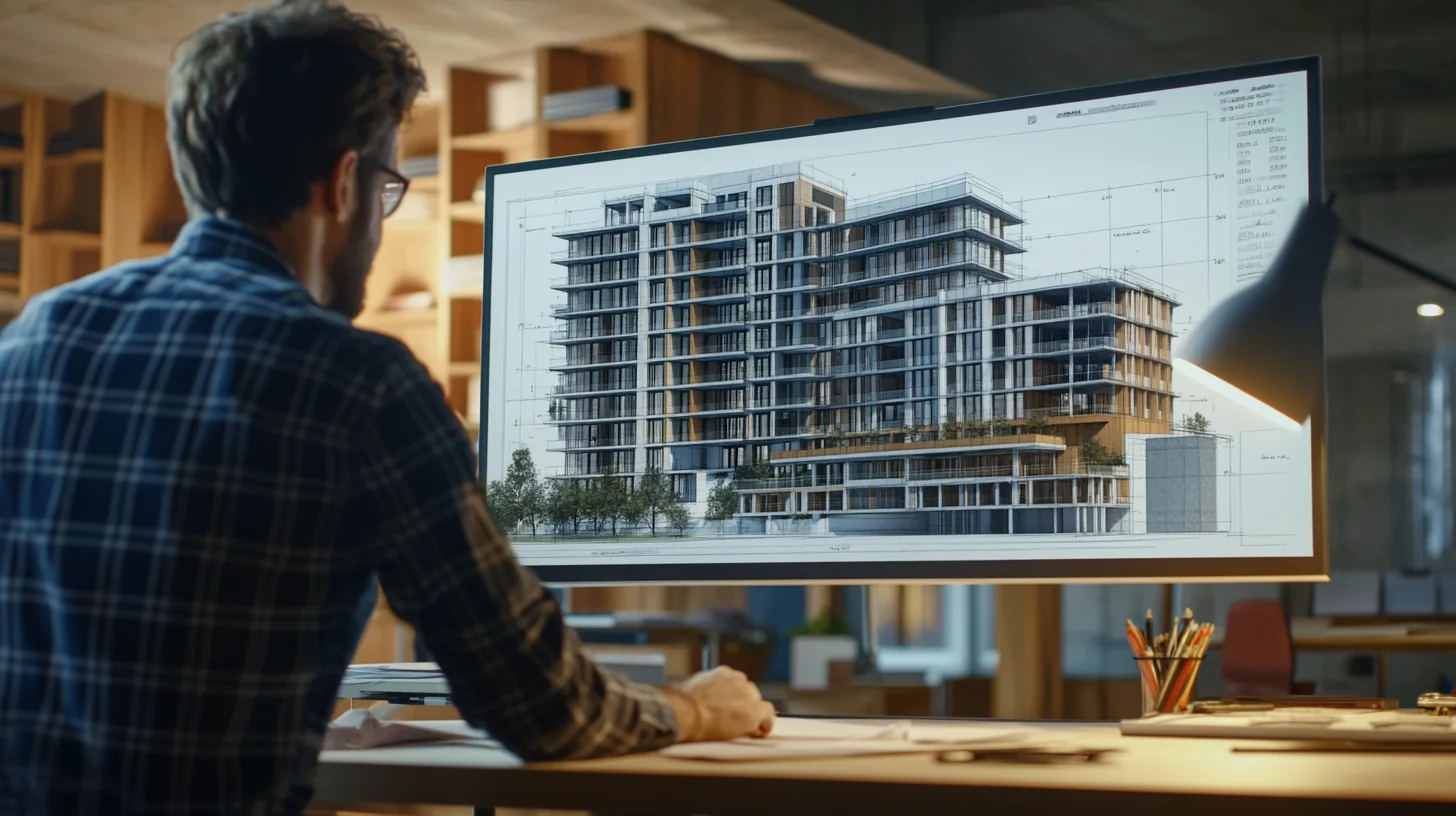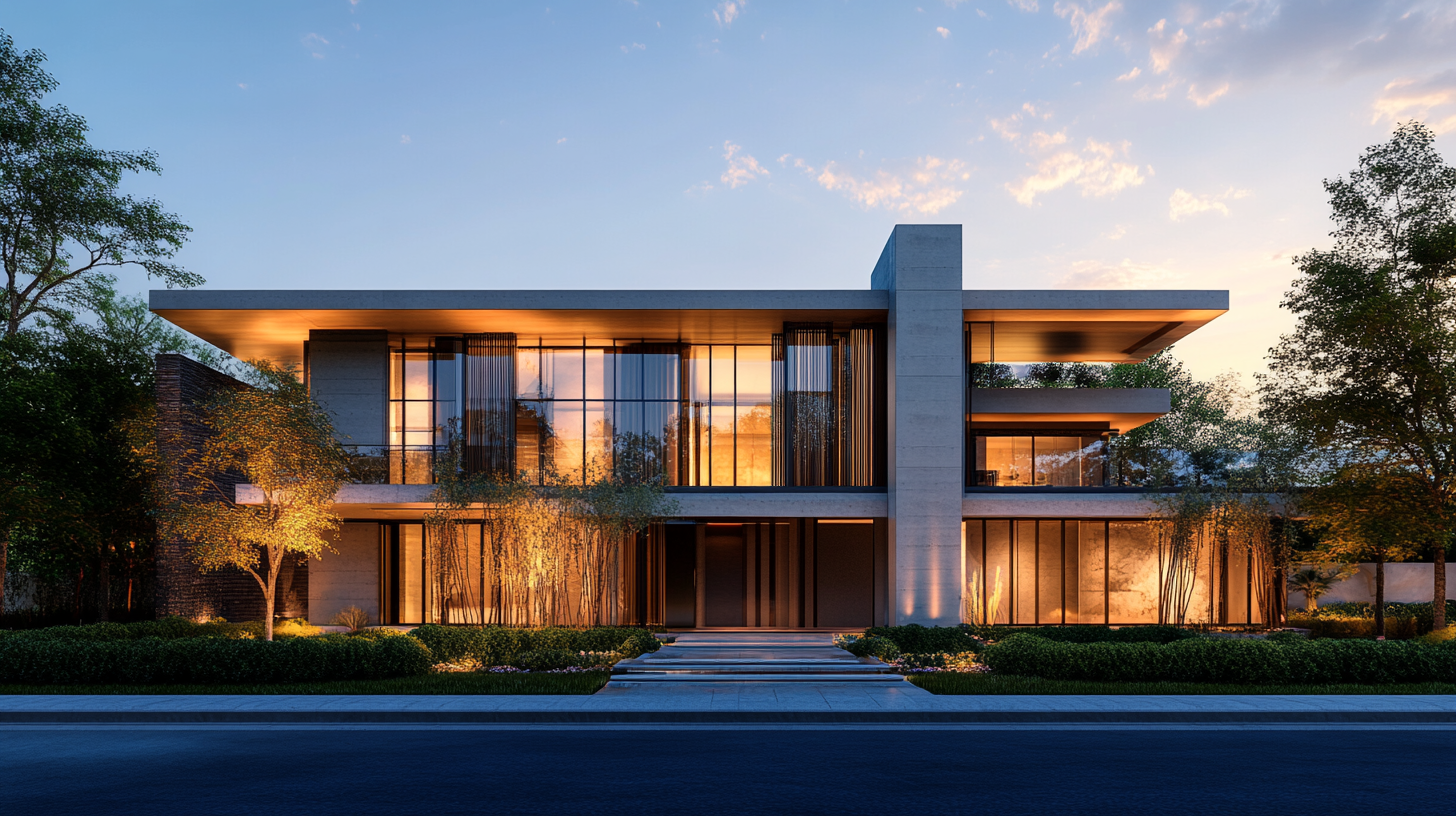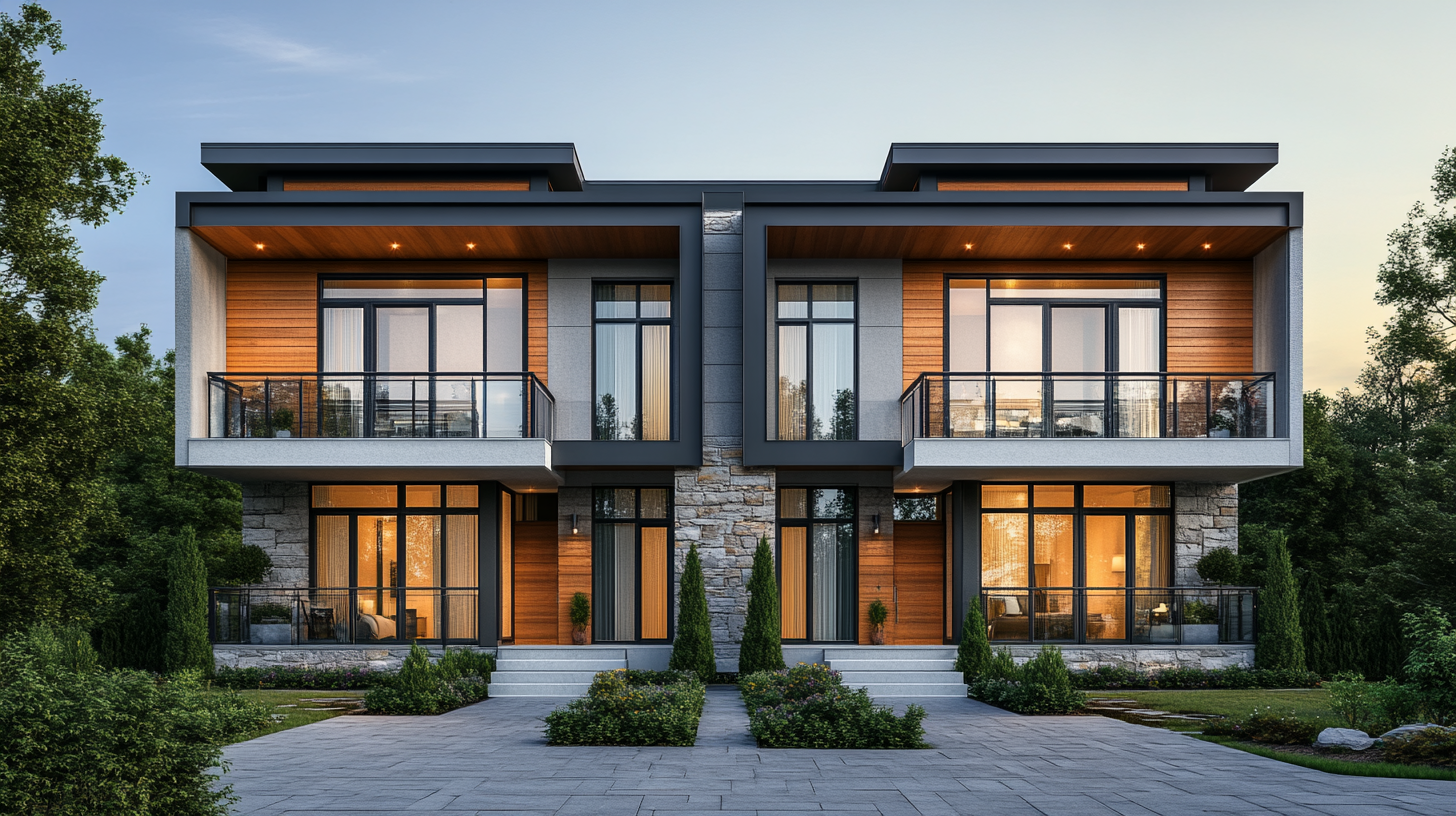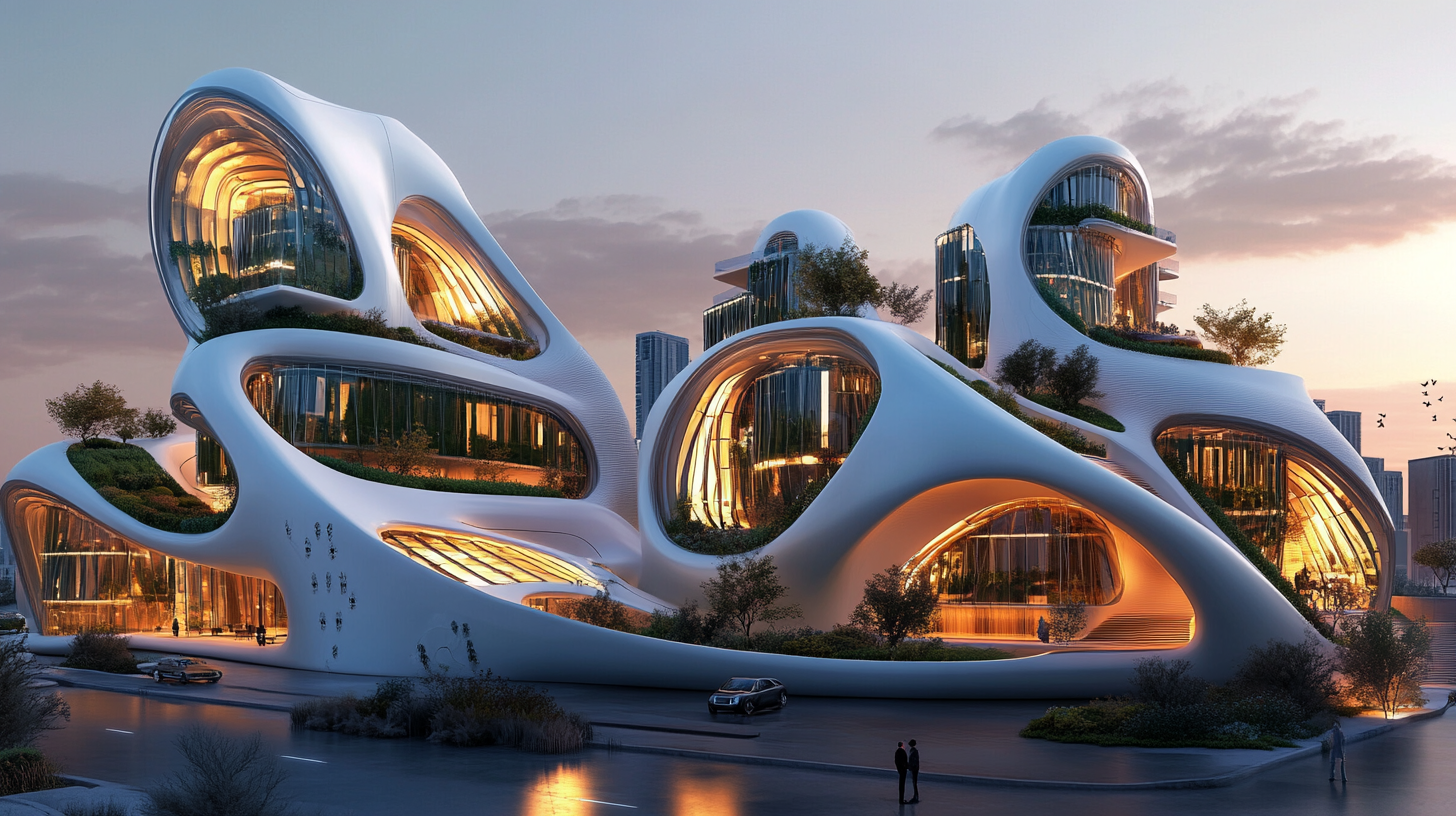
Top Architecture Trends You Can’t Miss in 2025
The architectural world is undergoing a transformation, driven by the need for functional, sustainable, and innovative designs. Architects are reimagining spaces that balance aesthetics with the demands of modern living, environmental responsibility, and emerging technologies.
If you’re planning a project, whether residential, commercial, or urban design, getting ahead of these trends is crucial. Staying in tune with architectural advancements isn’t just about staying relevant; it’s about creating spaces that are timeless, purposeful, and future-ready. Here’s everything you need to know about the architecture trends shaping 2025.
1. Sustainable Design & Green Building
Overview
Environmental responsibility is no longer a choice—it’s a necessity. Sustainable designs are at the forefront of architectural innovations, shaped by a global push for lower carbon footprints.
Key Trends
- Use of renewable, eco-friendly building materials like bamboo, reclaimed wood, and recycled steel.
- Energy-efficient systems, including solar panels and smart HVAC systems, that reduce operational energy needs.
- Incorporation of green roofs and rooftop gardens to reduce heat islands and promote biodiversity.
Why It Matters
Sustainable design minimizes environmental impact and offers long-term cost savings for building operations. For example, eco-friendly materials can lead to reduced energy consumption and enhanced durability over time.
2. Biophilic Design
Overview
Biophilic design bridges the gap between built environments and nature, offering spaces that are refreshing, calming, and visually inspiring.
Key Trends
- Maximizing natural light sources through open layouts and skylights.
- Adding live plants and natural textures like wood, stone, or jute to interiors.
- Designing spaces with indoor-outdoor flow, such as courtyards and balconies.
Why It Matters
Studies have shown that biophilic elements boost well-being, improve focus and mental health, and create aesthetic harmony. This trend is ideal for both residential and office spaces.
3. Smart Architecture & Technology Integration
Overview
Technology is shaping buildings to be smarter and more efficient, offering seamless integration of automation for comfort, safety, and resource management.
Key Trends
- AI-powered building systems for energy monitoring and predictive maintenance.
- Sensors tracking air quality and environmental changes inside buildings.
- Voice-control systems, lighting adjustments, and smart home automation.
Why It Matters
Smart buildings save time, enhance safety, and optimize energy usage, creating futuristic spaces where convenience meets innovation.
4. Modular and Prefabricated Structures
Overview
Modular designs have gained popularity for their efficiency, speed, and flexibility. These are pre-assembled building blocks/units manufactured off-site.
Key Trends
- Prefabricated components that shorten construction times by 50%.
- Reduced waste and lower costs with precise modular designs.
- Customizable designs tailored to specific project needs.
Why It Matters
This trend is particularly relevant for housing and healthcare projects, where speed without compromising quality is prioritized.
5. Minimalist and Clean Lines
Overview
Minimalist architecture continues to thrive, focusing on simplicity and functionality while creating timeless spaces.
Key Trends
- Clean, straight lines in building facades and interiors.
- Functional layouts combined with spacious, open designs.
- Neutral, monochromatic palettes mixed with bold accents.
Why It Matters
Minimalist spaces reduce visual clutter and improve functionality without sacrificing elegance.
Learn how our architecture company in Chennai integrates modular designs into urban housing projects.
6. Urban Verticalization & High-Density Housing
Overview
With the world’s urban population rapidly growing, vertical cities are becoming the solution to optimize space in crowded areas.
Key Trends
- Mixed-use high-rise buildings incorporating offices, retail, and residences.
- Rooftop gardens and communal spaces.
- Space-saving layouts for efficient living in high-density locations.
Why It Matters
Urban verticalization reduces urban sprawl, improves resource management, and offers better planning for future population growth.
7. Inclusive and Accessible Design
Overview
Accessible design makes spaces usable by everyone, regardless of their physical abilities.
Key Trends
- Barrier-free entrances and ramps in public spaces.
- Adaptive layouts catering to different needs.
- Multi-sensory design elements enhancing user experiences.
Why It Matters
Inclusivity elevates social responsibility and ensures spaces are welcoming for all individuals.
8. Adaptive Reuse and Renovation
Overview
Adaptive reuse breathes new life into aging or unused buildings, bringing them back into functional spaces.
Key Trends
- Repurposing old factories into co-working spaces.
- Revamping heritage buildings while preserving their historical charm.
- Incorporating salvaged materials to reduce environmental waste.
Why It Matters
This trend preserves cultural heritage while addressing sustainability goals.
9. Wellness Architecture
Overview
Wellness-focused architecture designs spaces that nurture health, relaxation, and productivity.
Key Trends
- Zoned spaces for meditation, yoga, or relaxation.
- Air purification systems that ensure clean indoor air.
- Use of natural colors and materials for a calming effect.
Why It Matters
Prioritizing mental and physical health is no longer a luxury; it’s essential, especially in urban areas where stress levels are high.
10. Global and Cultural Fusion in Design
Overview
Blending elements from diverse cultures enhances aesthetics while showcasing the global interconnectedness of today’s society.
Key Trends
- Japanese-inspired simplicity, Scandinavian warmth, or Moroccan textures added into interiors.
- Mosaic tiles from Mediterranean styles paired with modern, sleek designs.
Why It Matters
This trend ensures uniqueness, cultural appreciation, and richer storytelling for architectural projects.
Planning Your Future Spaces with Modern Trends
Architectural trends in 2025 aren’t just about style; they set the benchmarks for sustainability, inclusion, and innovation. From green roofs to AI integration, the industry is rising to meet the challenges of an urbanized, digital future.
If you’re ready to conceptualize a project backed by these trends, connect with our architecture company in Chennai for expert guidance. Contact us today for designs that redefine the future.
